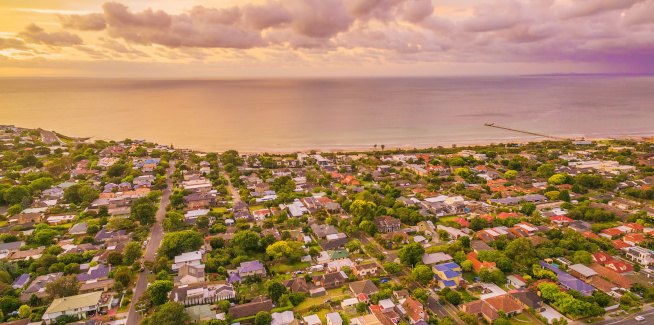According to the REA Group outfit’s latest data, the annual rate of home price growth in a capital city is currently sitting at around 14 per cent.
The figure marked a significant fall from what was reported six months earlier in November, which saw an average annual growth of dwellings reach more than 24 per cent.
This result follows PropTrack data that reported housing in capital cities had reportedly hit its lowest monthly price growth since the start of the pandemic.
This six-month shortfall is said by PropTrack to be the most rapid slowdown in home price growth recorded since 1989, with the real estate appraiser noting this is a stronger deceleration than what was observed during 2004’s market cool-down and the 2008 global financial crisis.
This figure also followed recent highs reported, with 2021 being reported as the third-fastest period of home price growth in Australia’s history.
Separate data from CoreLogic reported that, over the last calendar year, housing growth soared by over 22 per cent.
Speaking of this sudden drop, PropTrack economist Paul Ryan said while it may not be surprising that a sudden drop would follow record highs, the market historically moved more gradually.
“Interest rate expectations have been the key driver of this slowdown,” Mr Ryan said.
“Financial markets expect the RBA cash rate to be close to 2.75 per cent at the end of the year, while other expectations are more moderate, sitting around 1.5 to 1.75 per cent. As a result, buyers have been more cautious in 2022.
“A 2 percentage point increase in interest rates would increase average mortgage repayments by almost 25 per cent.”
Mr Ryan added that this drop has not been felt universally across the country, with this drop driven by Sydney, Melbourne and Brisbane.
According to PropTrack data, the NSW capital reported its slowest growth since 1989.
But while this data indicated that Australia’s recent housing boom is potentially coming to its end, PropTrack’s results also indicated that values remain distinctively higher than they were in 2020.
According to PropTrack’s figures, despite this fall, housing values are 35 per cent higher than they were since the start of COVID-19 pandemic.
Mr Ryan said this equity increase continues to be a driving factor in a lot of selling, and that this slowing in growth could assist first home buyers in entering the market.
“Looking ahead, the rapid slowdown in price growth signals the housing market is likely to continue to see slow growth over the rest of 2022. Many buyers and sellers anchor their expectations from recent sales momentum, which can embed these trends in market results,” Mr Ryan said.
“How inflation, growth and wages evolve will be key inputs into how much tightening the RBA implements throughout 2022 and how the housing market performs.
“Resolving this uncertainty about the path of interest rates will be the key element buyers look for over the rest of the year.”
[Related: Housing values sink for 1st time since 2020]
 ;
;